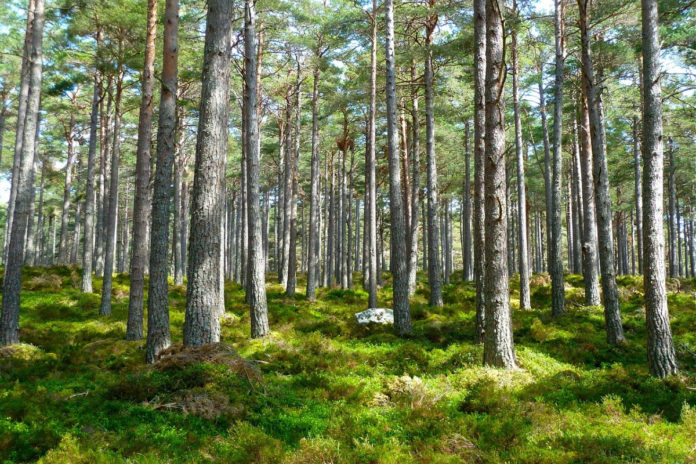The Central Association of Agricultural Valuers (CAAV) has urged farmers not to sell sequestered carbon “easily or cheaply”.
The body said the rise in carbon trading schemes has “accelerated” at pace as pressure mounts on all businesses to reduce their carbon footprint.
This comes when UK farmers look to capitalise on their assets before losing their Basic Payment.
It is likely sequestered carbon will matter more to keep it for their own businesses, Jeremy Moody, secretary, and adviser to the CAAV, explained.
Sequestered carbon
“Sequestered carbon is too important for farmers to sell it easily or cheaply,” the body said in a statement.
Moody said: “Not only is the value of the carbon stored in farmers’ soils and woodland likely to increase in coming years, signing up to selling it might unwittingly tie them into restrictive agreements.”
“More importantly, net-zero isn’t just a target for corporate organisations to achieve through offsetting.”
“Farmers will also need to find and use their own sequestered carbon to offset their own emissions. Selling carbon early will make that harder for the farmer,” he said.
“Very basically, the simple business of being a farmer is about managing carbon. If you are in a position where you can’t touch the carbon you have sold, this will limit your ability to farm.”
He said farmers also need to consider what penalties might be included in an agreement if they cannot meet the carbon sequestering goal.
“If you commit to plant trees or ensure a percentage of carbon in your soils in a legal agreement, and then the land is compromised by events such as fire, disease, or flooding, what fines could you be subject to, and what is your liability?”
Furthermore, he said farmers need to consider how long they would be tied in for and its impact on developing and selling the land.
“Instead, it could be safer to enter into agreements where farmers are paid to manage land in a carbon-friendly manner like improving their soils, rather than just selling the carbon.”
Value
Even if farmers are considering their options to manage or plant woodland to sequester carbon, there are things to be wary of.
“At farm level, the price is not great,” says Mr Moody.
“One hectare of oak woodland could have gained £2,000 worth of carbon after 80 years with one of the main woodland carbon schemes. There just isn’t a great deal of value to sell.”
And any area of woodland farmers think they can sell the carbon from will be smaller than they anticipate. Part of it will have to be kept back as a buffer for contingency and risk management while vulnerable to failure, disease, and fire.
Farmers might also unknowingly get tied into conservation designations, meaning they cannot fell trees when or if they need to.
In particular, woodland under schemes will have to be replanted, even if it could be felled.
Plus, he added, woodland will not properly offset carbon unless it’s been there for 100 years.
“If it’s felled before then, much of the carbon held in the tree will be lost.”
“However, it’s important that carbon is stored in one way or another on-farm – helping the farm to be net-zero – and it might be that it’s better through soils.”
“Selling soil carbon could help farmers in the short-term, but fetter them in the medium and long term.”
“The value isn’t as great as people assume, and the constraints could be crippling. All that glitters is not gold,” he concluded.





